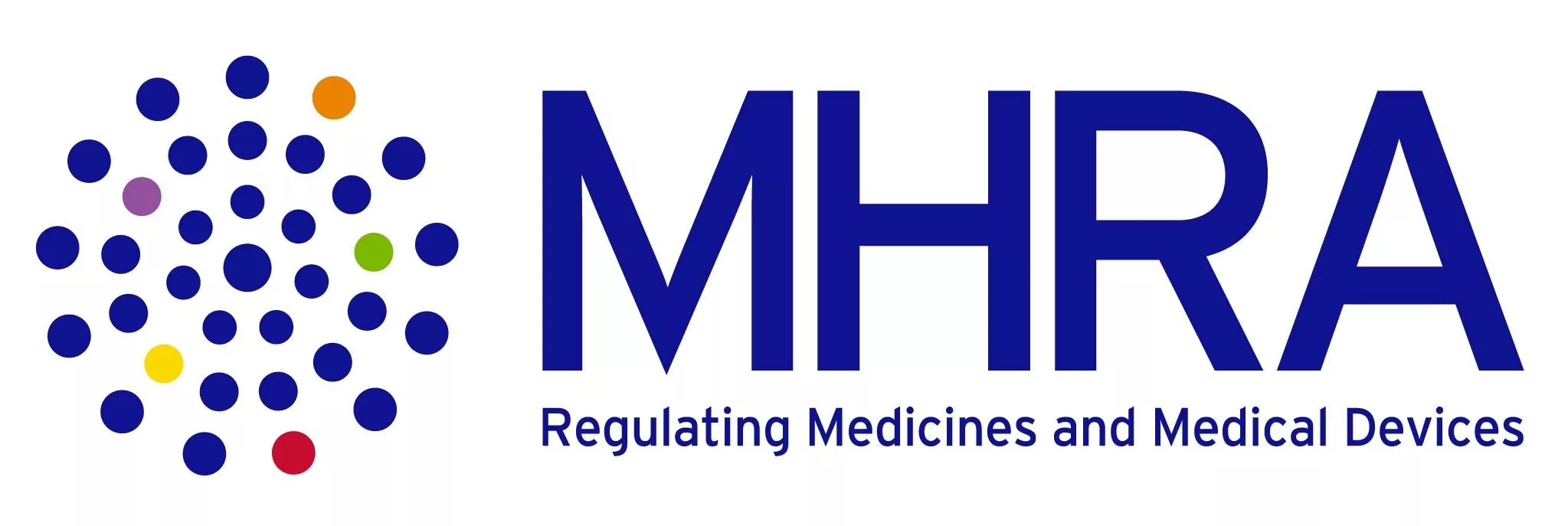The MHRA first published guidance to industry on how to handle Out Of Specification (OOS) investigations in August 2013. It has recently been reviewed and improved for ease of use. When this guidance was released in 2013, it saw a shift in how OOS investigation were to be handled. It moved away from defining how many repeat tests were required in the event of an OOS result and embraced the concept of hypothesis testing. Previous to this guidance, a typical approach to handling an OOS result would be to repeat the testing a further two times and hope that the two new results would pass. This approach was not based on scientific rationale and indeed the MHRA have indicated that ‘Without doubt the most common deficiency raised, is the one where the OOS result has been invalidated on the basis of assumptions and theories with no real evidence to support the decision.’ (https://mhrainspectorate.blog.gov.uk/2018/03/02/out-of-specification-guidance/) Laboratories are continuing to try to move from a position of “I think this is the cause” to “I know this is the cause” when carrying OOS investigations. This continues to pose a considerable challenge to laboratories. The guidance offers a stepwise approach on what should be considered at each stage of the investigation. It contains flowcharts that simplify the recommended actions on discovering an OOS and covers the following key areas and highlights.
- Laboratory analysis
“Investigations of Out of Specification (OOS)/Out of Trend (OOT)/Atypical results have to be done in cases of:
- Batch release testing and testing of starting materials.
- In-Process Control testing: if data is used for batch calculations/decisions and if in a dossier and on Certificates of Analysis.
- Stability studies on marketed batches of finished products and or active pharmaceutical ingredients, on-going / follow up stability (no stress tests)
- Previous released batch used as reference sample in an OOS investigation showing OOS or suspect results.
- Batches for clinical trials.”
- Phase Ia Investigations– This phase of investigation are for obvious error such as calculation or power outage, testing errors such as spillages or incorrect setting of equipment parameters. It is expected that these issues are trended even if a laboratory investigation lb or II was not raised.
- Phase Ib Investigations– is an initial investigation conducted by the analyst and supervisor using the laboratory investigation checklist covering the pertinent areas for investigation. The checklist documented in the guidance details checks such as:
- “Correct test methodology followed e.g. Version number.
- Correct sample(s) taken/tested (check labels was it taken from correct place).
- Sample integrity maintained, correct container and chain of custody (was there an unusual event or problem).”
The initial investigation conducted by the analyst and supervisor should be restricted to data/equipment/analysis review only. Once this initial review is performed, re-measurement can commence once the hypothesis plan is documented in order to support the investigation testing. Hypothesis or Investigative Testing should be performed to help confirm or discount a possible root cause. Hypothesis testing may include further testing regarding sample, filtration, sonication /extraction and potential equipment failures etc. Multiple hypothesis can be explored during the investigation. This initial hypothesis testing can include the original working stock solutions but should not include another preparation from the original sample A test can be invalidated if a clear root cause has been determined such as
- Technician Error
- Sample/Standard Prep.
- Analytical method
- Equipment Failure
- Deviation from Procedure
- Phase II Investigations: This phase of investigation is conducted when the phase I investigations did not reveal an assignable laboratory error. Phase II investigations are driven by written and approved instructions against hypothesis and should always commence with a manufacturing investigation to determine whether there was a possible manufacturing root cause.
The guidance also indicates details on resampling, retesting, averaging and details on the written description.
- “Description of the testing should be written, and then approved by QA/Contract Giver/QA equivalent prior to initiating investigational testing. The requirements of investigational testing should include:
- The description being fully documented
- The hypothesis being investigated.
- What samples will be tested.
- The exact execution of the testing.
- How the data will be evaluated”
- Phase III Investigations: If the batch is rejected there still needs to be an investigation to determine whether other batches or products are affected and to identify and implement corrective and preventative actions.
The phase III investigation should review the completed manufacturing investigation and combined laboratory investigation into the suspect analytical results, including relevant method validations for possible causes into the results obtained. The guidance also indicates “Once a batch has been rejected there is no limit to further testing to determine the cause of failure, so that corrective action can be taken” and “the decision to reject cannot be reversed as a result of further testing”. The impact of OOS result on other batches, on-going stability studies, validated processes and testing procedures should be determined by Quality Control and Quality Assurance and be documented in the conclusion, along with appropriate corrective and preventive actions”. A final decision to release a batch in spite of an initial OOS result that was not invalidated should only be reached after a thorough investigation has shown that the OOS results is not indicative of the quality of the batch. The QP should always err on the side of caution! As laboratories continue to strive to establish scientific rationale for OOS, it would be wise to review against this newly updated guidance. Contact our team to discuss more – please connect with us +353 1 846 47 42 or contactirl@pharmalex.com.








